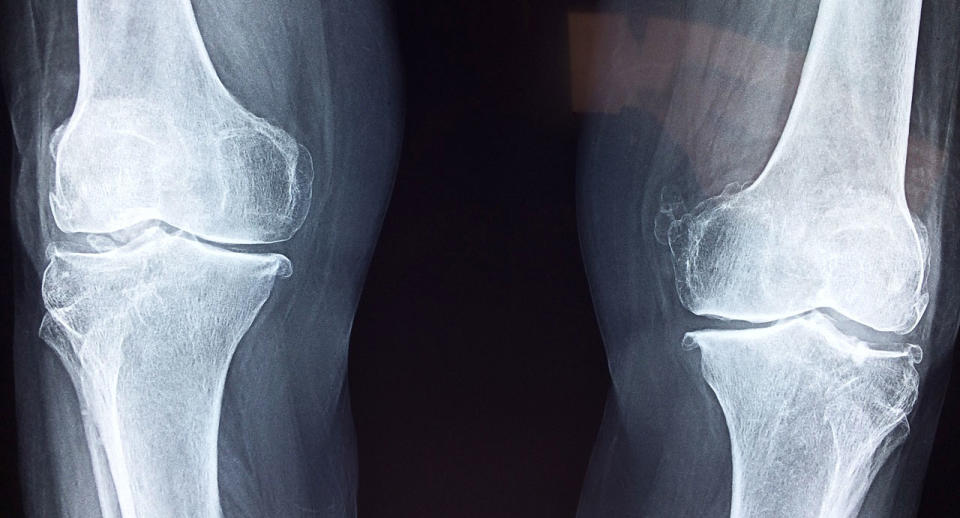To protect your knees and avoid osteoarthritis, lose weight

More than 600,000 people in Singapore suffer from rheumatic diseases, which affect the joints and muscles. Among these, osteoarthritis is the most common condition related to the joints. While this degenerative disease can affect the spine, hands, hips, and ankles, it is most often associated with the knees.
The World Health Organization estimates that globally, 9.6 per cent of men and 18 per cent of women aged 60 and above have symptomatic osteoarthritis.
“Osteoarthritis is more common in women all around the world. Knee osteoarthritis is more common than hip osteoarthritis among Asians,” says Dr Katy Leung Ying Ying, Senior Consultant, Department of Rheumatology & Immunology at Singapore General Hospital.
Symptoms
In osteoarthritis, the slippery tissue called cartilage that covers the ends of bones breaks down and wears away. This results in pain, swelling and problems with joint movement. The severity of symptoms varies with some people experiencing mild symptoms that come and go, while others may suffer from persistent symptoms that interfere with their daily activities.
Common symptoms associated with the affected joint in osteoarthritis include:
Pain
Swelling and stiffness – this may worsen in the morning, when you get up from a chair, and in cold weather
Changes in appearance – knees, finger knobs etc. may appear bigger
Changes in temperature – the affected joint may feel warm to the touch
Grating or grinding of the surfaces of the joint
Bone spurs – lumps of bone that form around the joint
Difficulty walking

Causes and risk factors of osteoarthritis
The exact cause of osteoarthritis isn’t known, but there are several factors that can increase your risk of developing it. These include:
Joint injury
Joint stress from certain occupations
Excess weight, which can strain the joints, particularly weight-bearing ones
Other medical conditions, e.g. rheumatoid arthritis, gout
Older age
Family history
How is osteoarthritis treated?
Osteoarthritis treatment is aimed at symptom relief and includes painkillers, cortisone injections as well as exercise and physical therapy. Joint replacement surgery may be recommended in severe cases.
“Exercise and weight reduction are the two most important therapies,” says Dr Leung. “Even a 5-per-cent weight reduction is linked to good pain relief.” Avoiding obesity is also the best way to prevent osteoarthritis.
A regular exercise regime can help strengthen the muscles, improve functional mobility as well as alleviate pain. But it’s best to avoid high-impact exercises such as soccer, basketball, tennis and opt for low-impact ones such as swimming, brisk-walking and cycling, instead.
Singapore General Hospital’s Department of Rheumatology and Immunology set up the Reverie Rheumatology Research Fund in 2014 to sustain long term research and improve the lives of patients with rheumatological diseases such as osteoarthritis. You can make a donation to support this meaningful initiative at GiveAsia.
Related articles:


